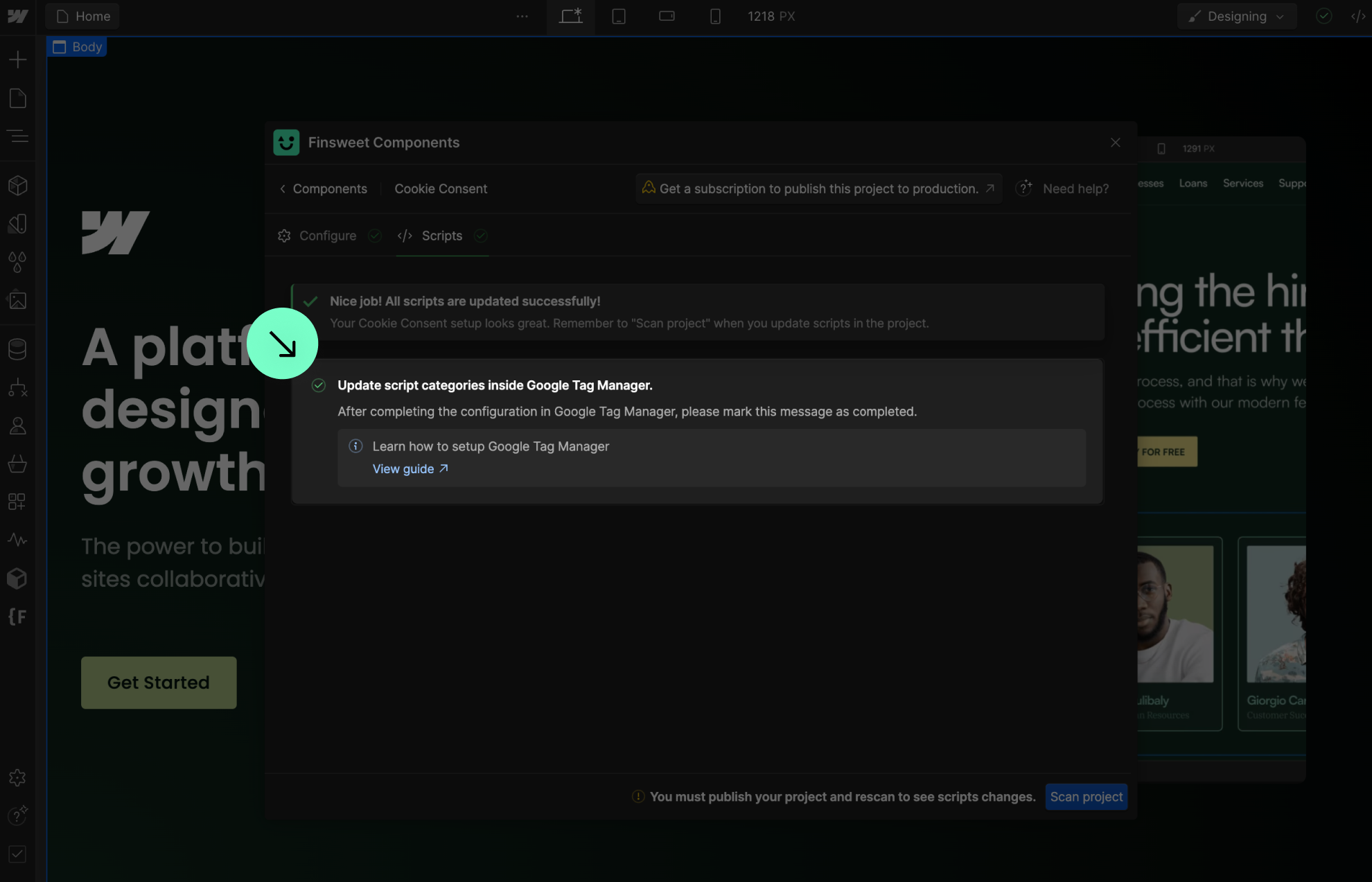COOKIE CONSENT DOCS
Google Tag Manager Setup
How to set up Google
Tag Manager
Follow this setup if you are using Google Tag Manager to manage your third-party scripts.
Watch Tutorial
Follow this step-by-step guide to set up Google Tag Manager:
1
Remove the <noscript> tag from Google Tag Manager
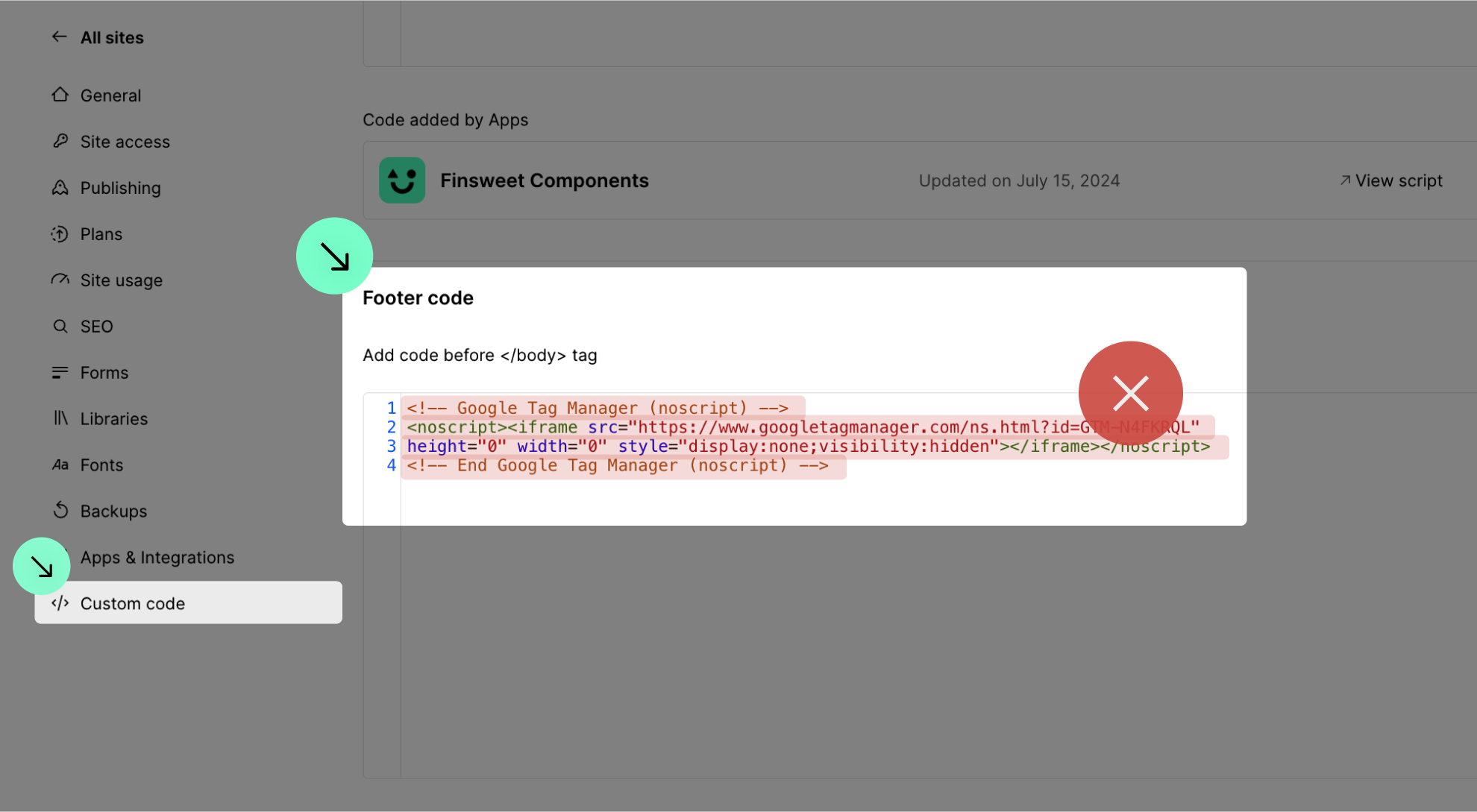
2
Download the Finsweet Google Tag Manager template for Consent Mode
3
Import the Finsweet Google Tag Manager template
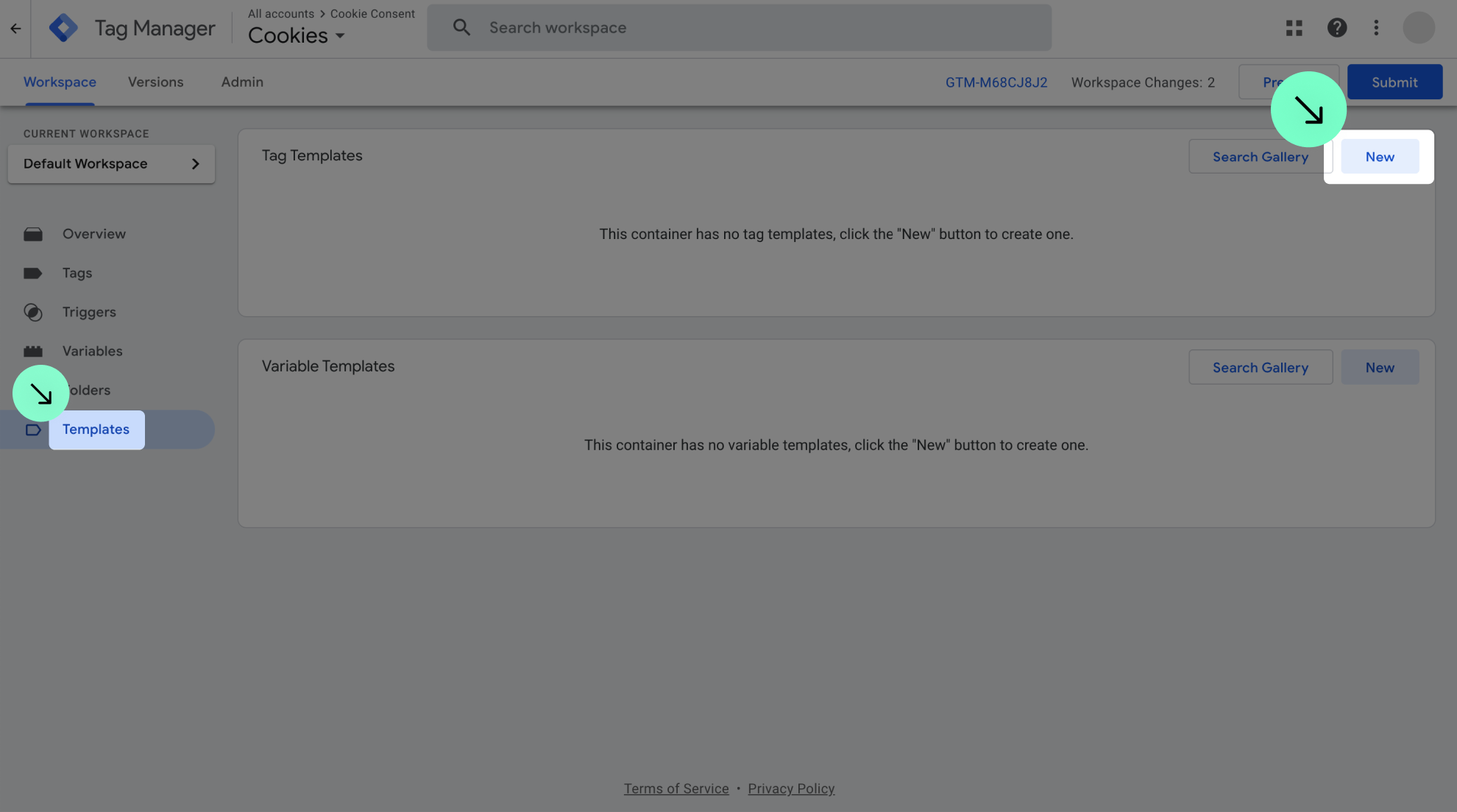
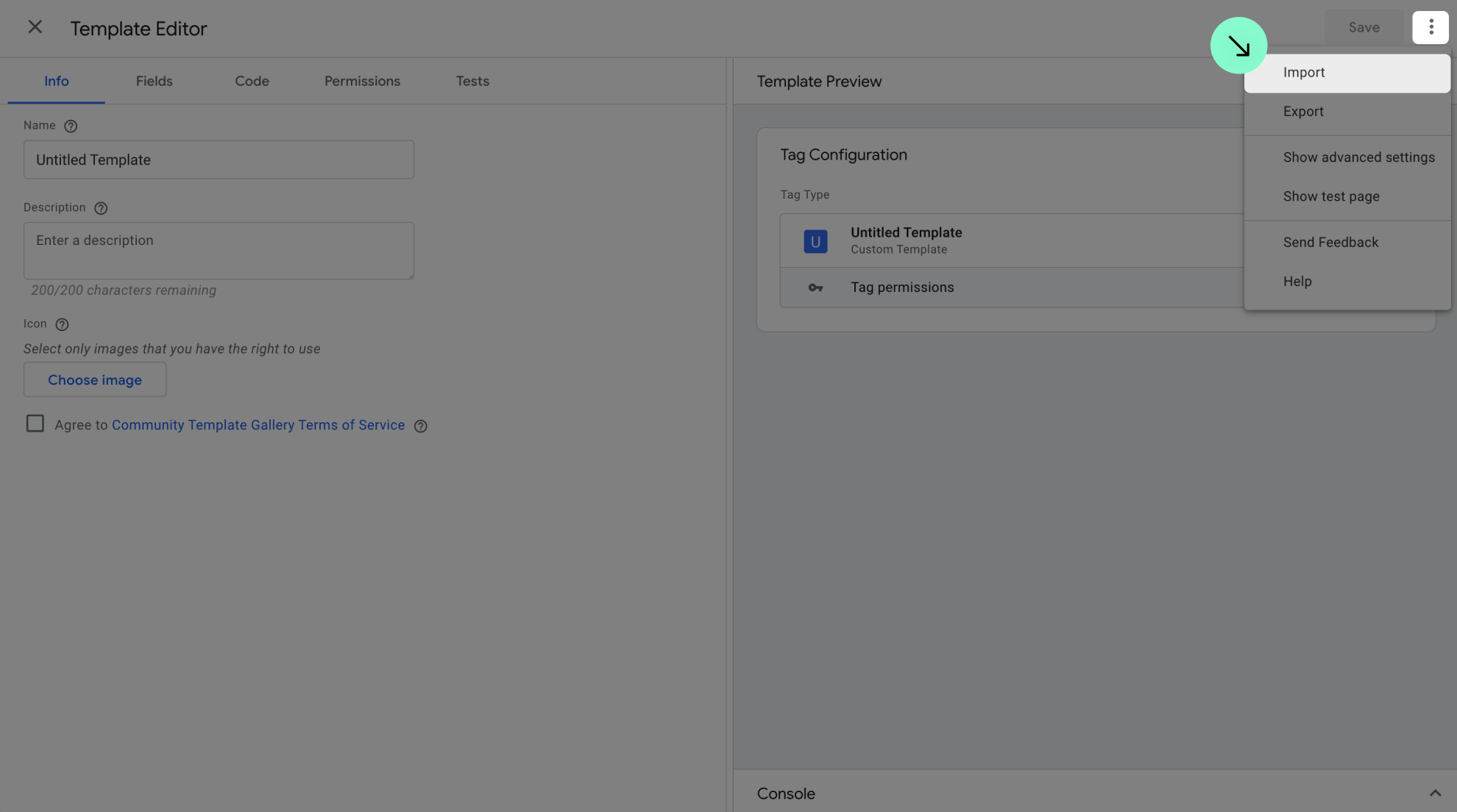

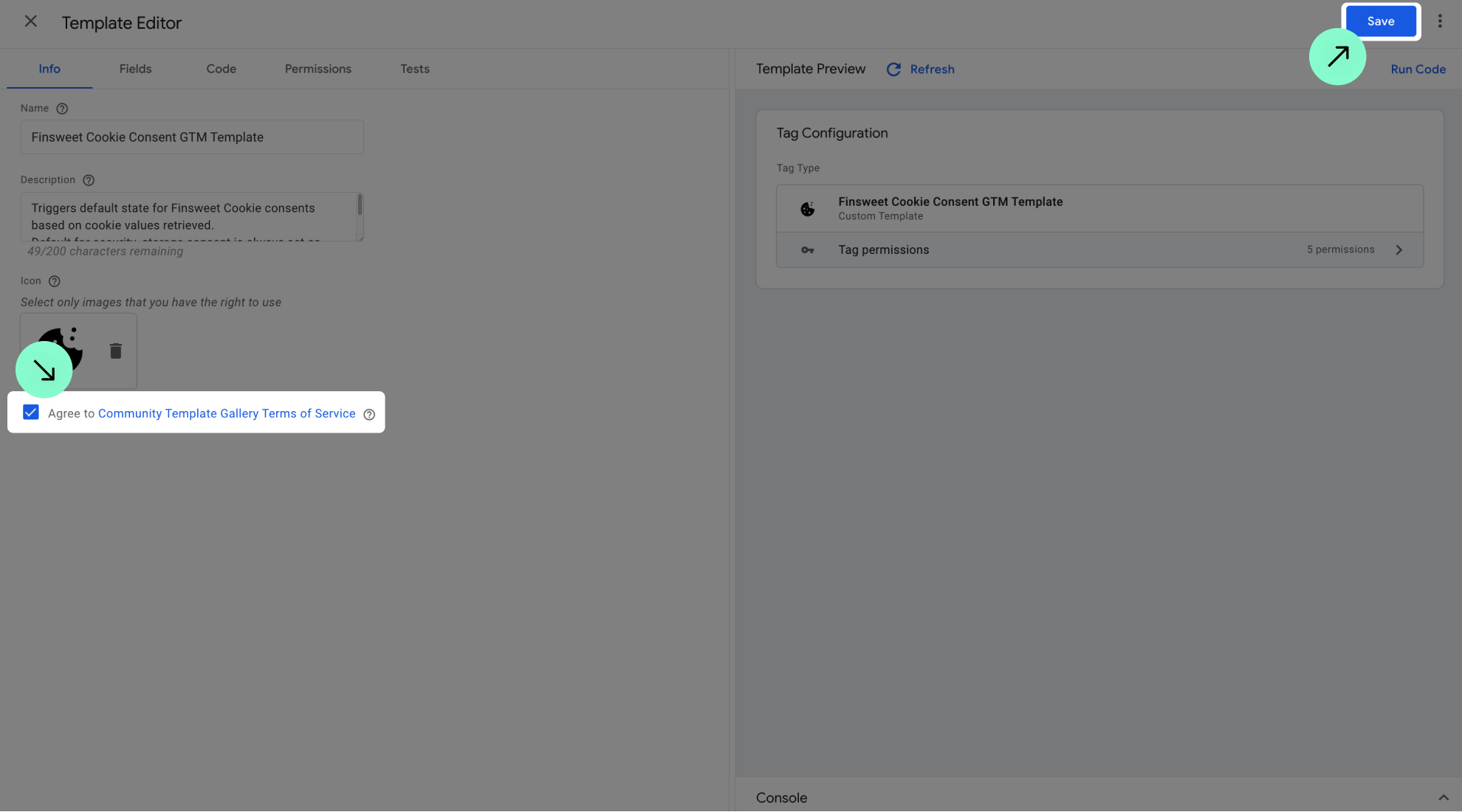
4
Create a tag for Consent Mode Initialization
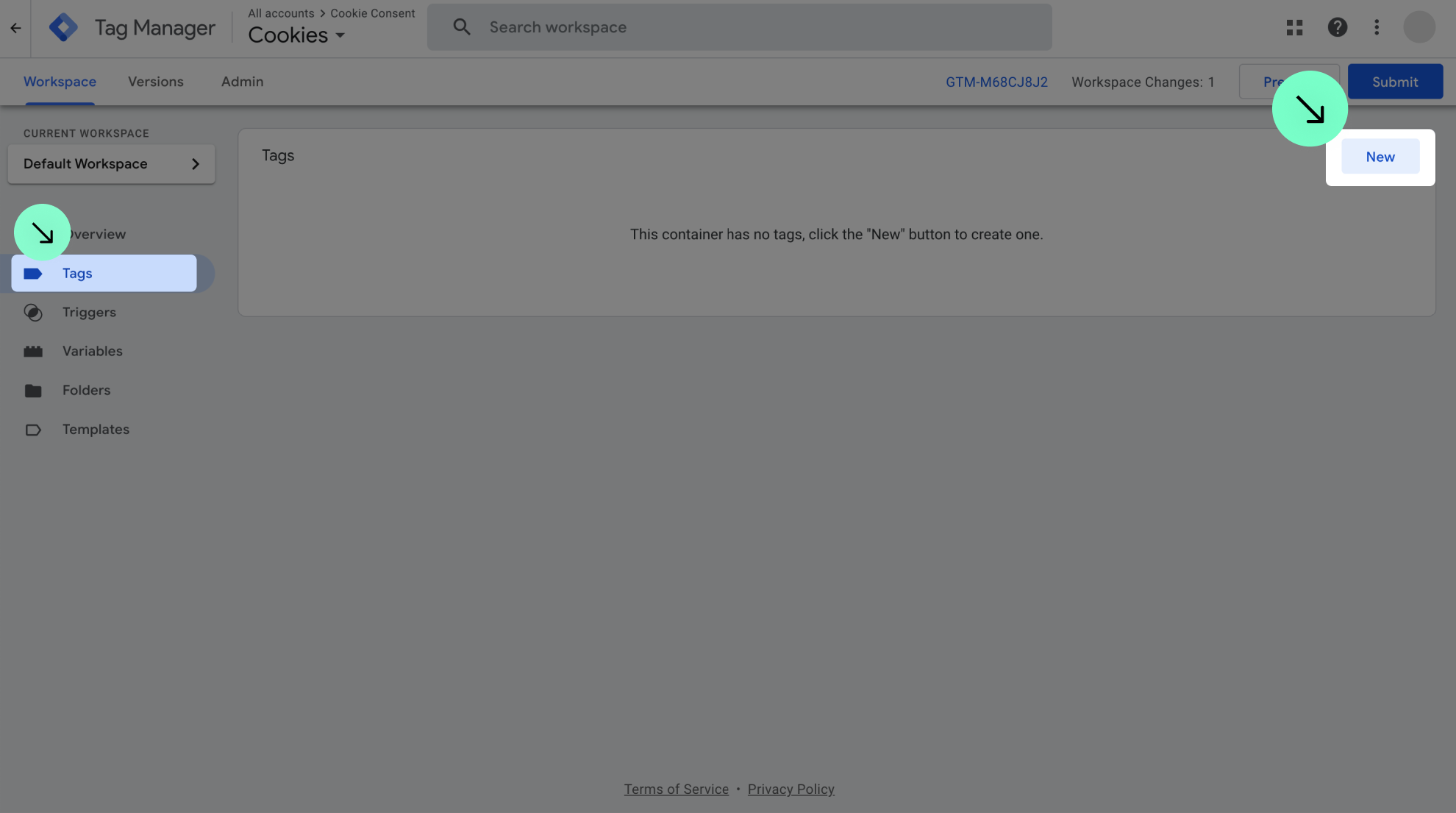



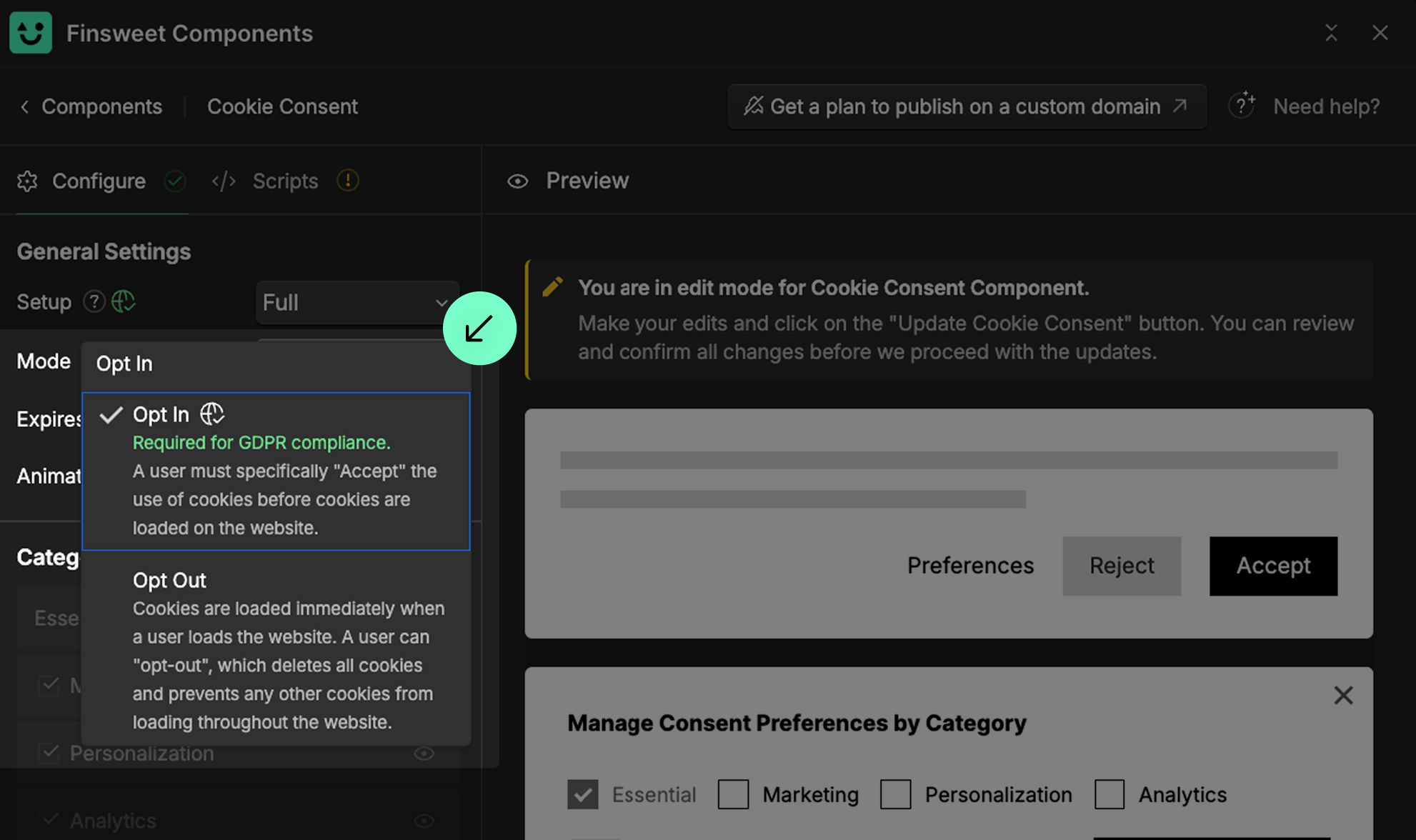
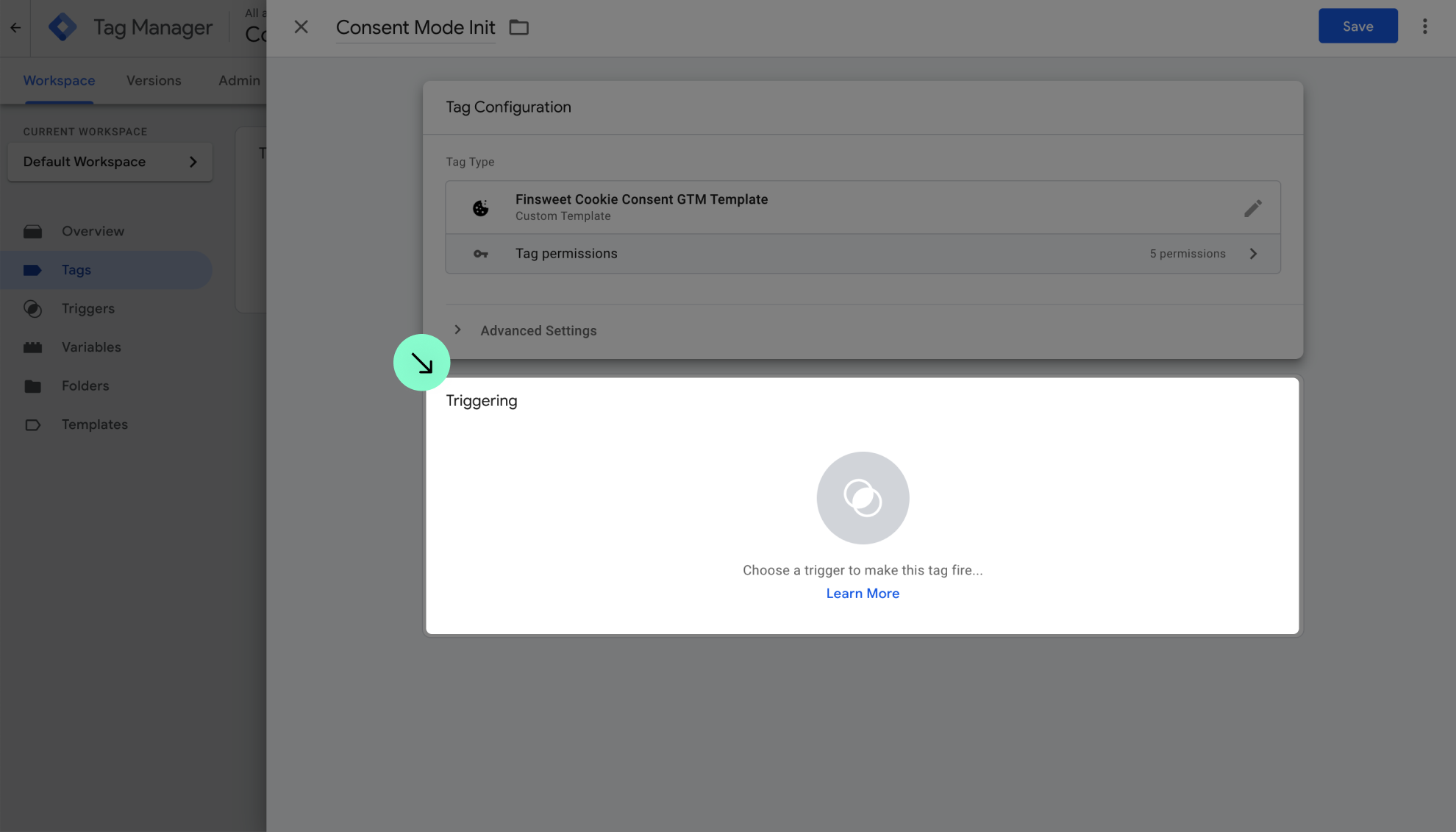
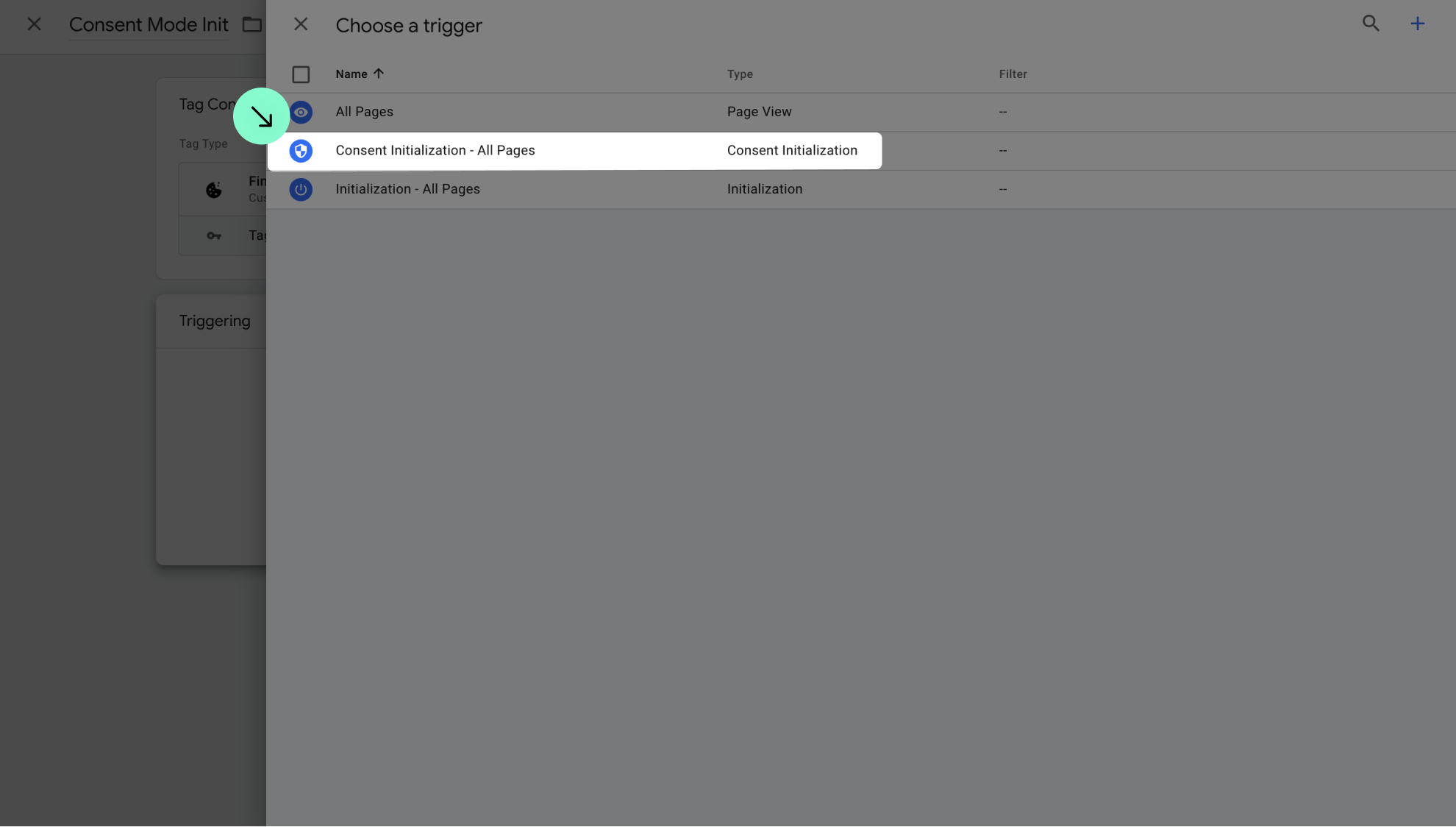
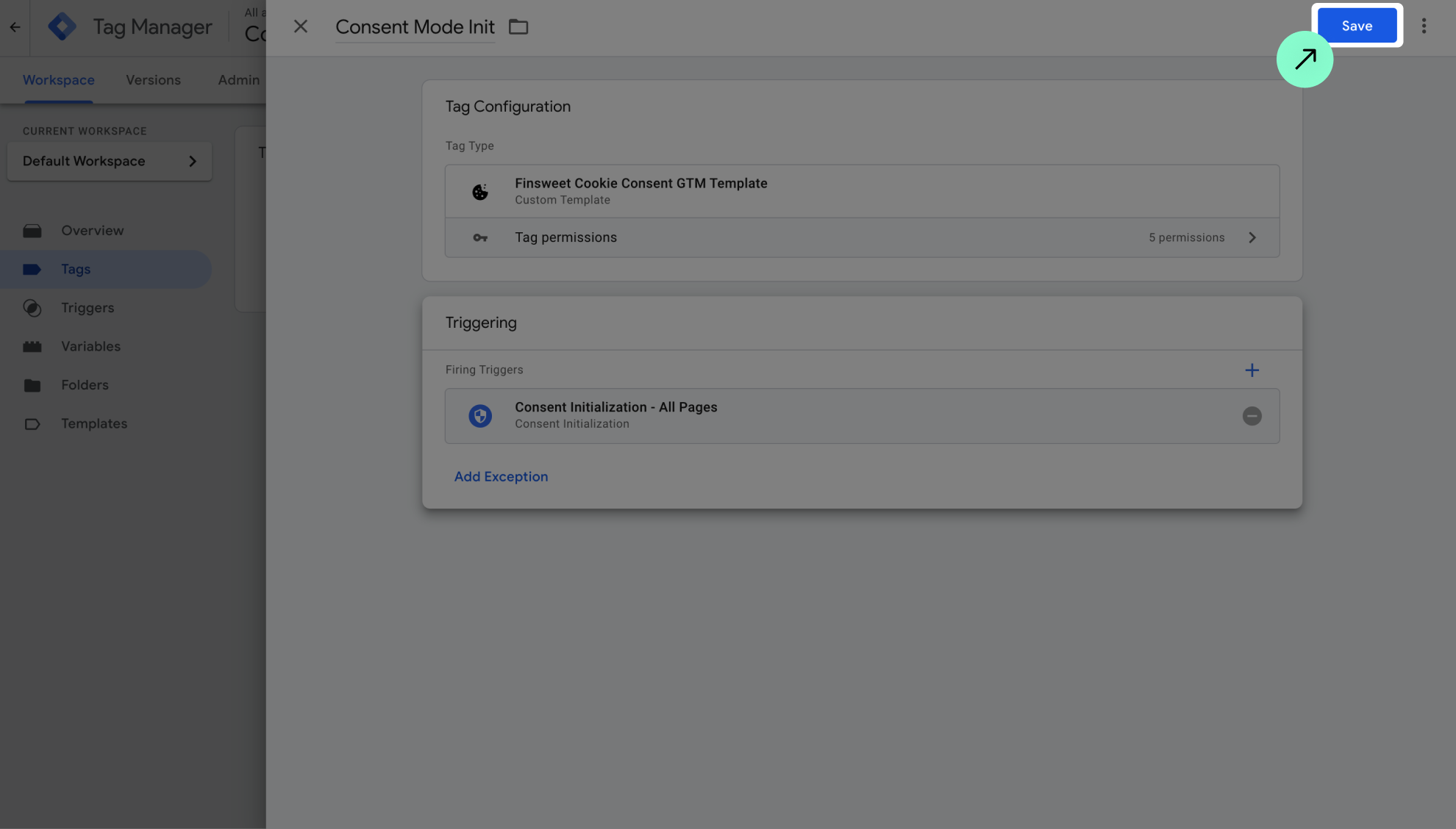
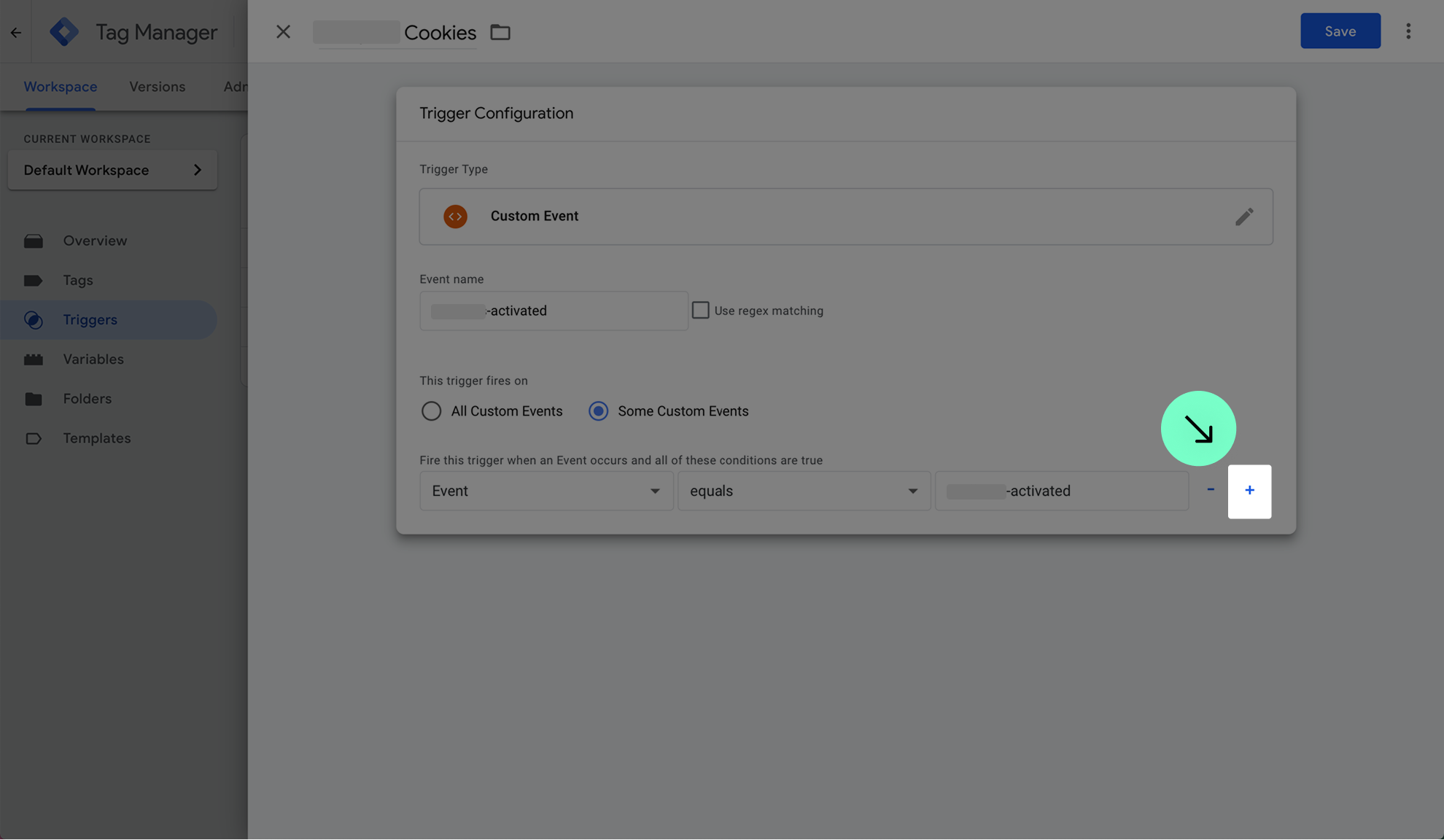

5
Create a trigger for Essential Cookies
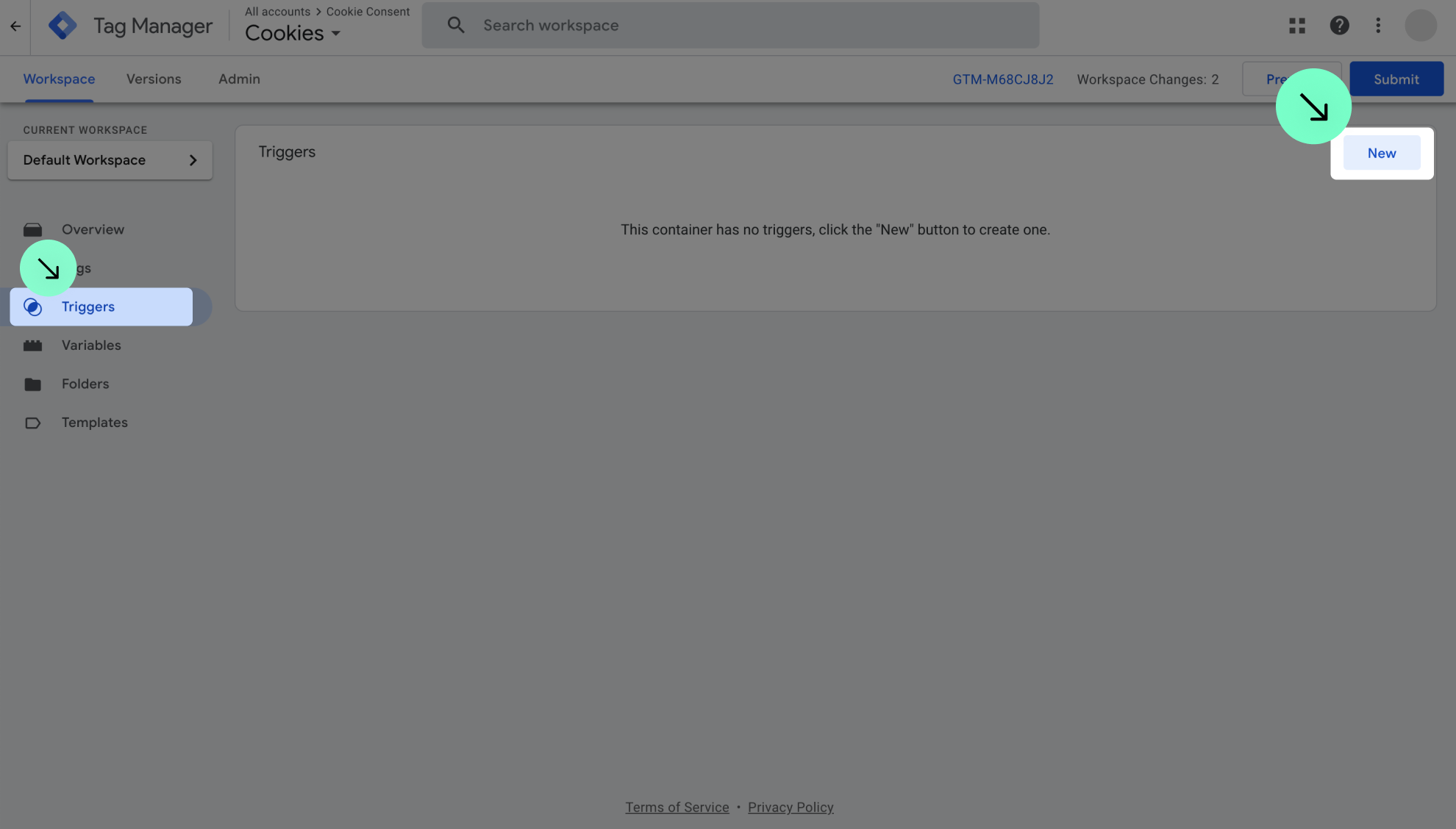

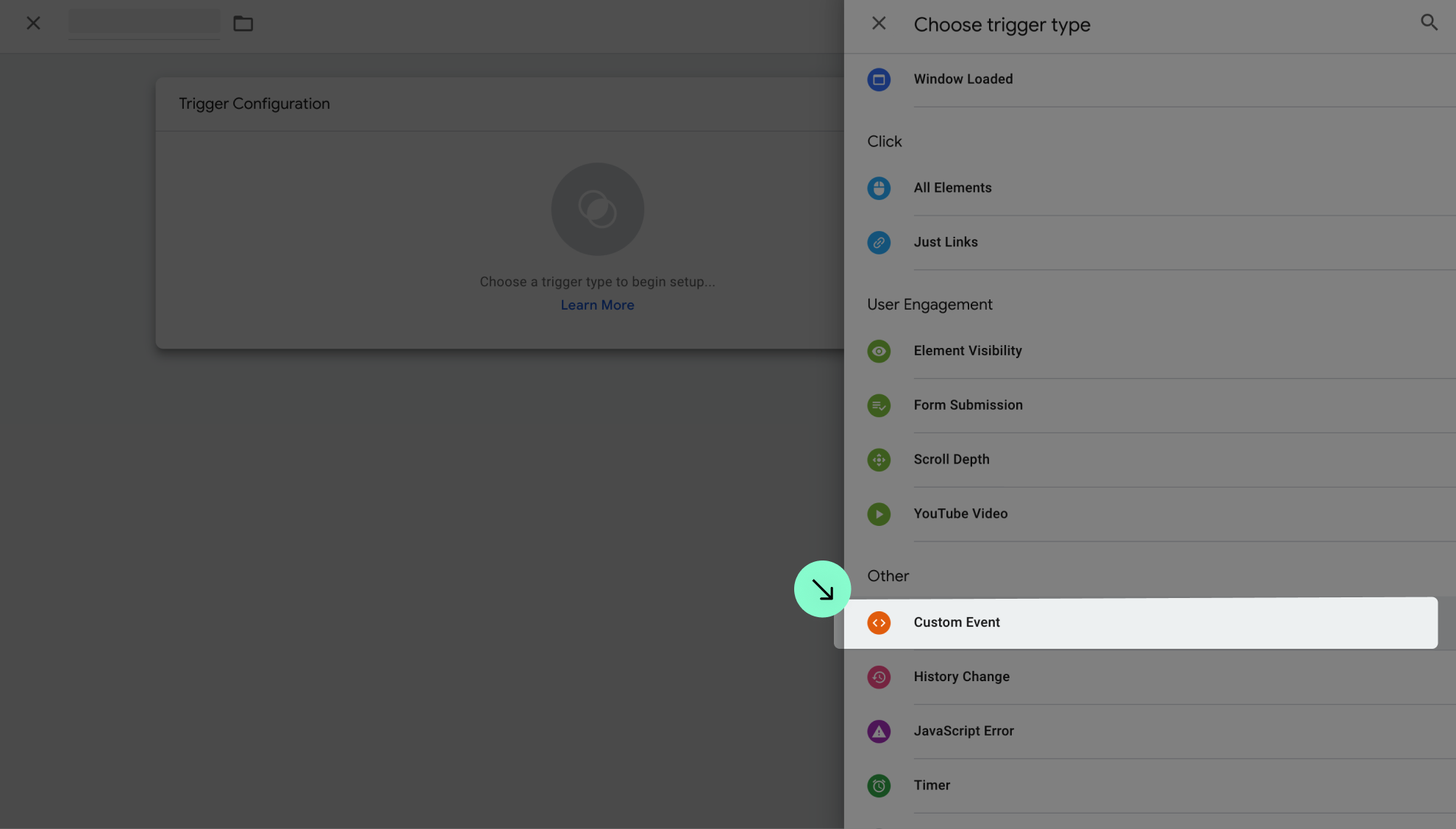




6
Create a trigger for Marketing Cookies

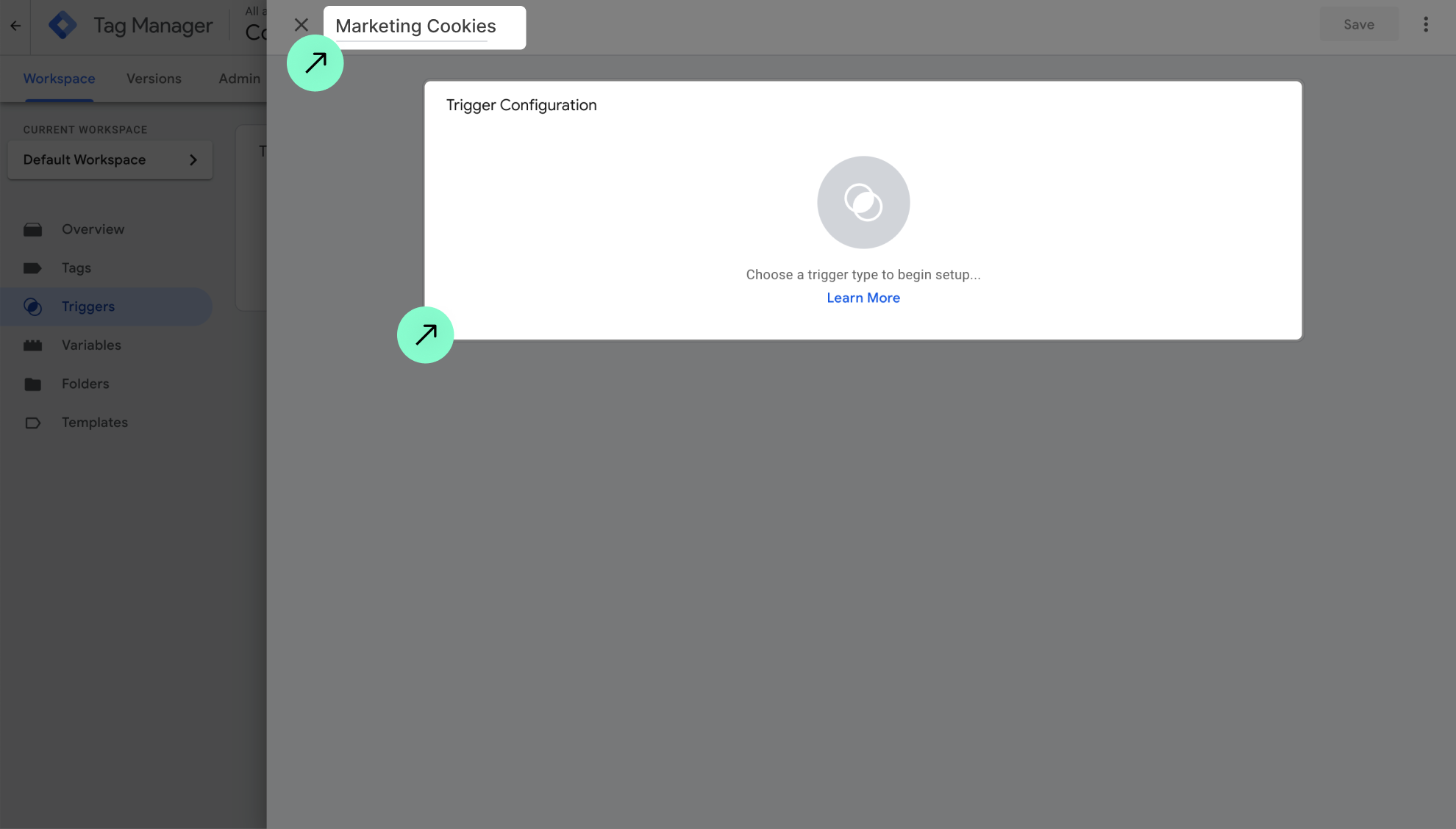

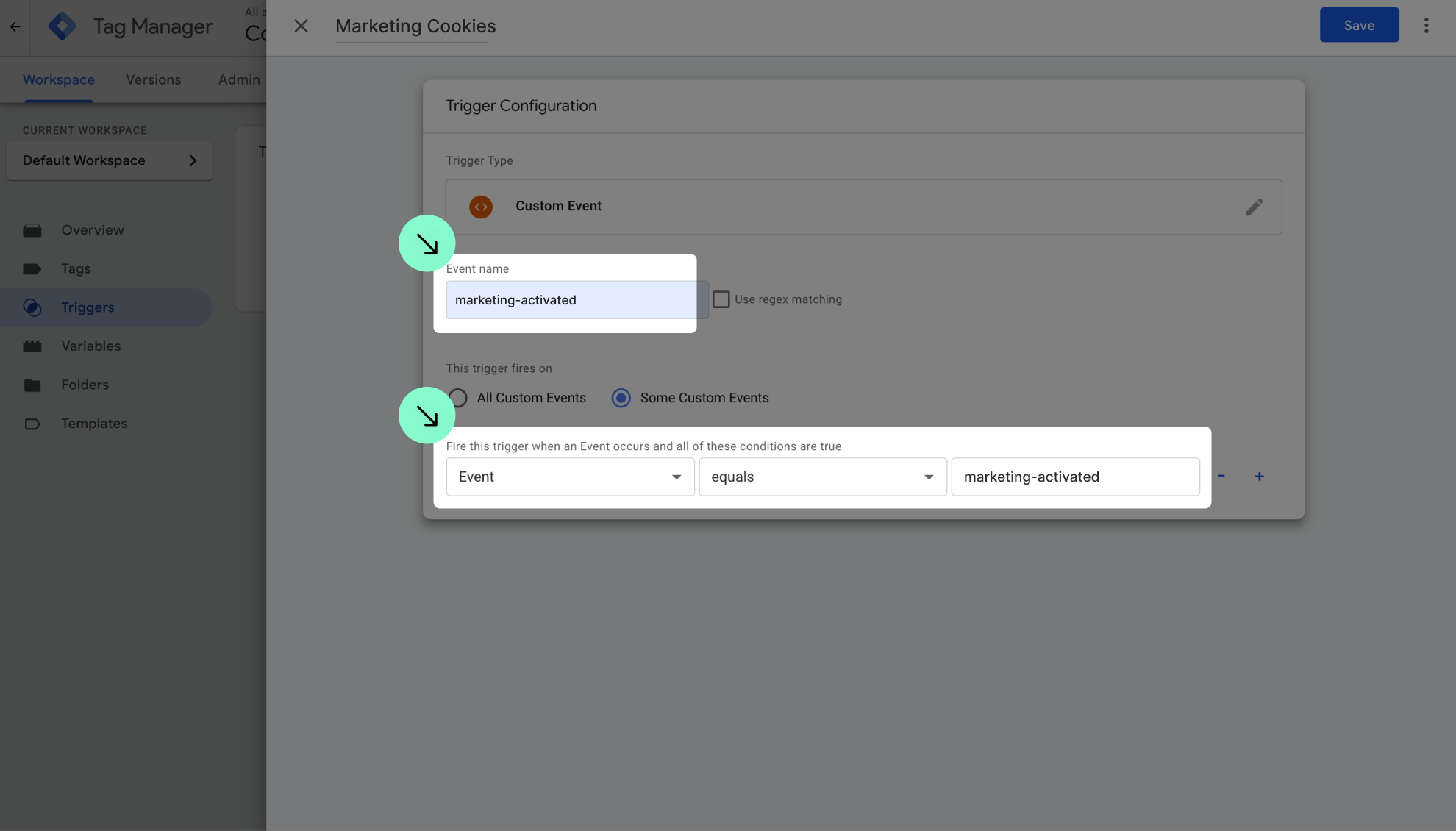
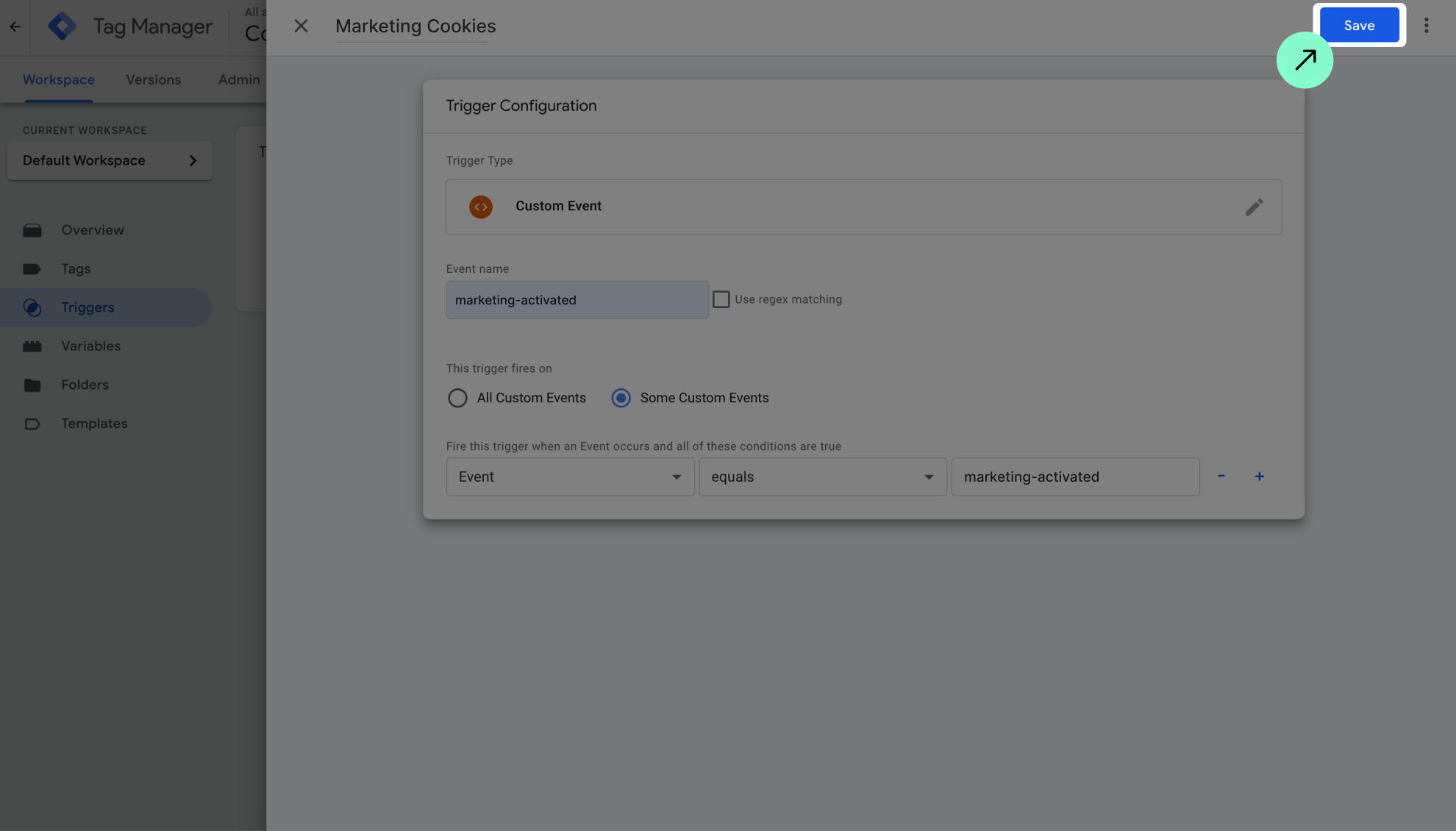


7
Create a trigger for Personalization Cookies

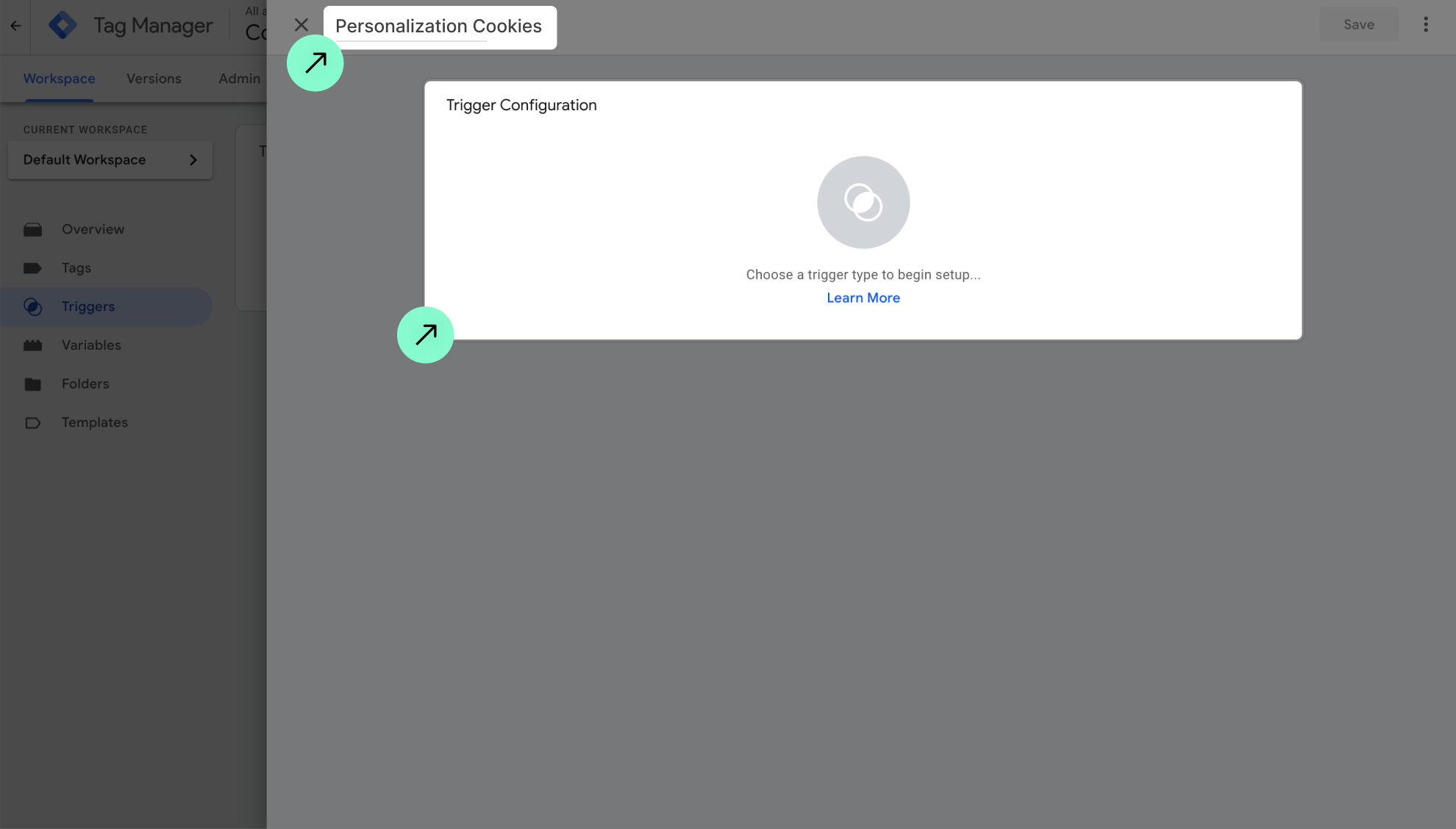

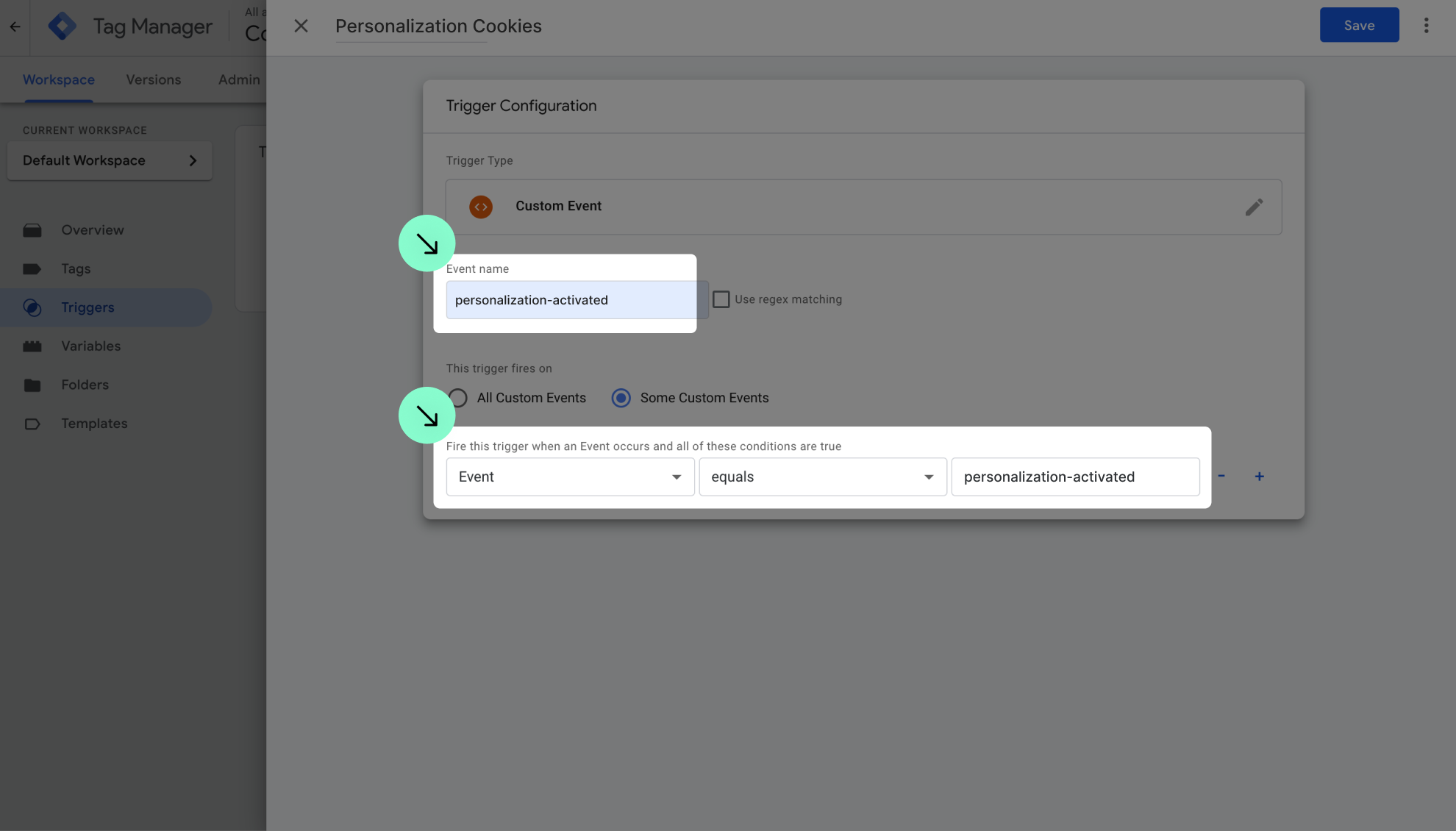



8
Create a trigger for Analytics Cookies

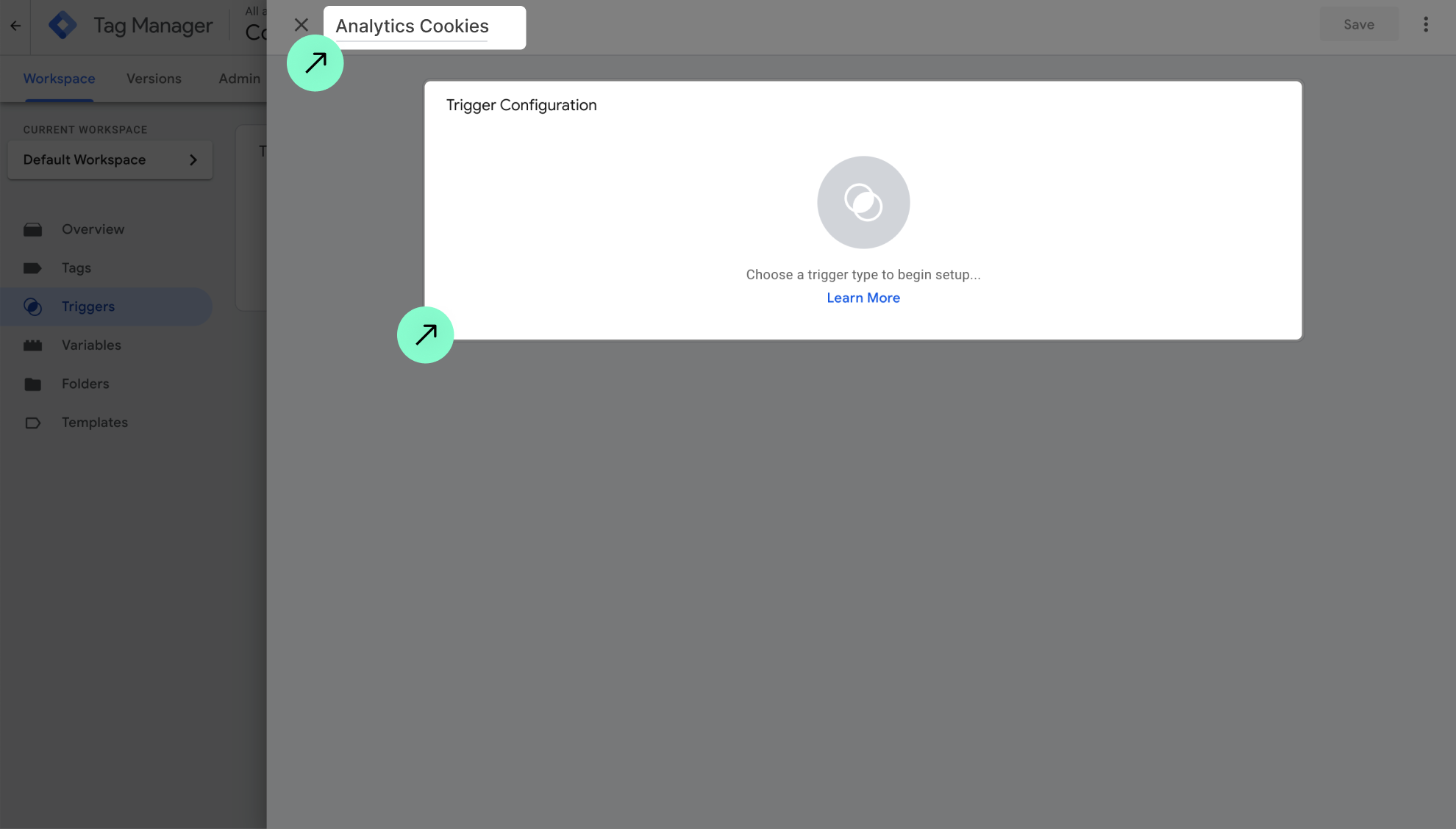

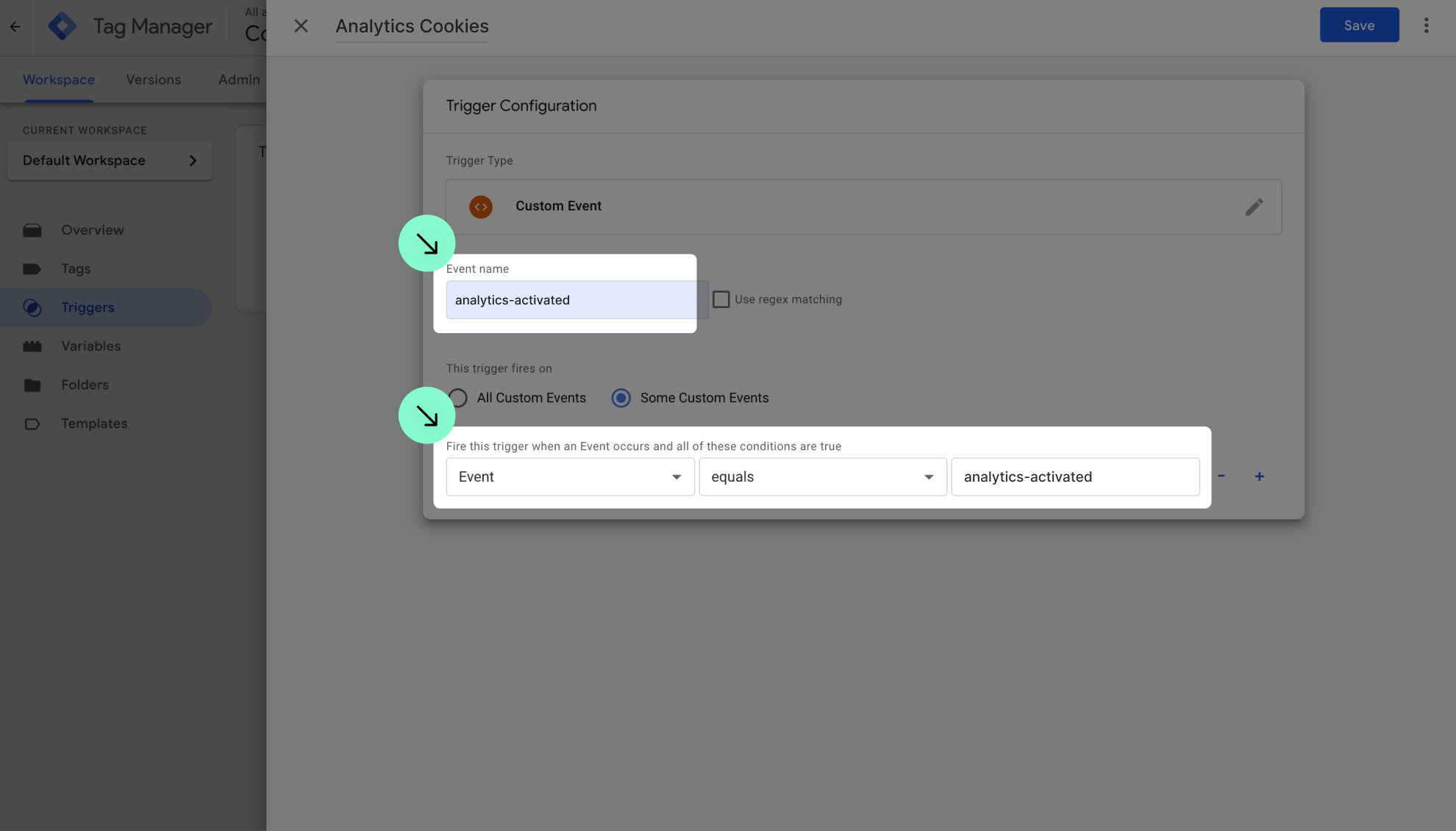
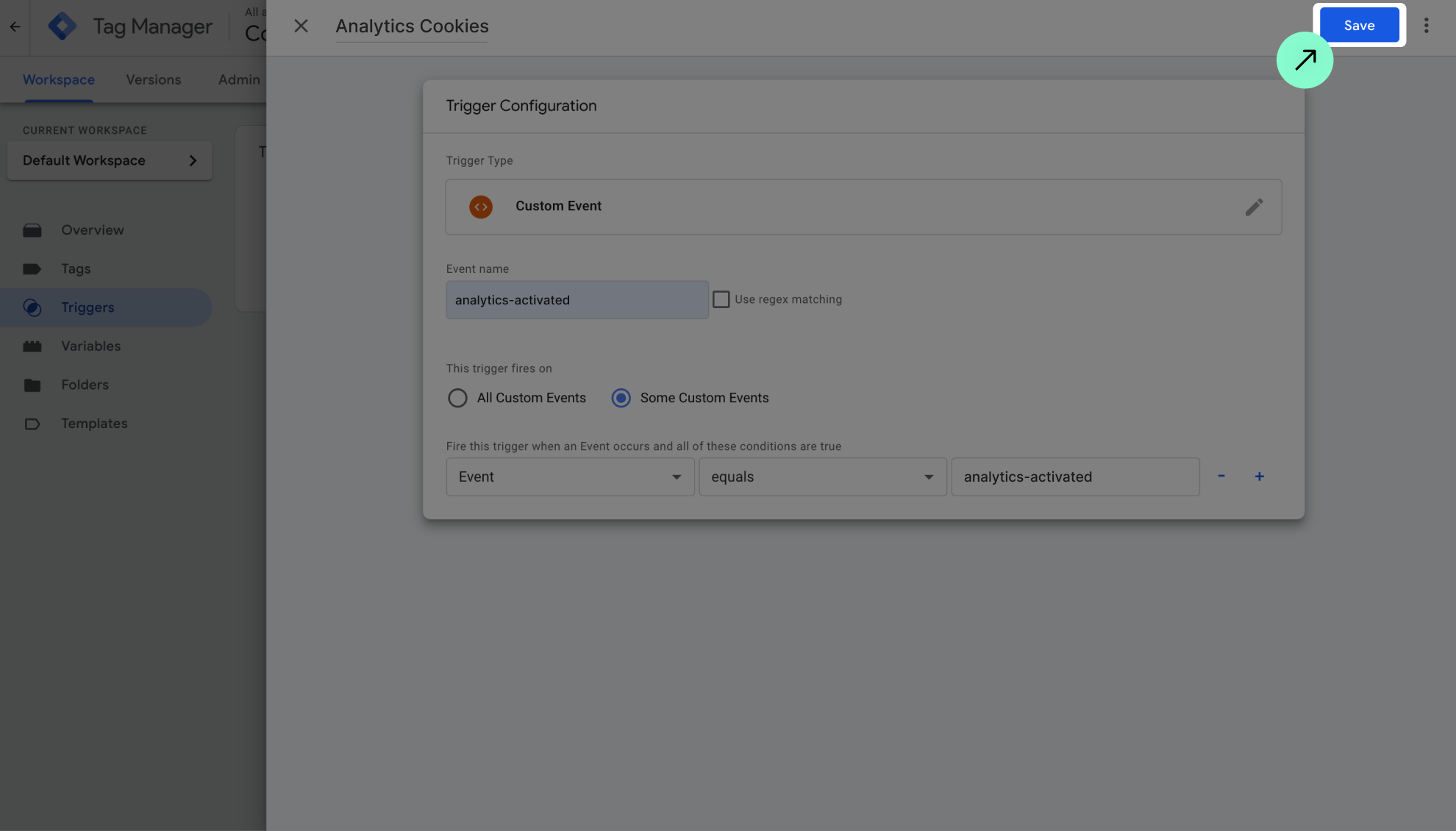


9
Update how the scripts are triggered for Cookie compliance


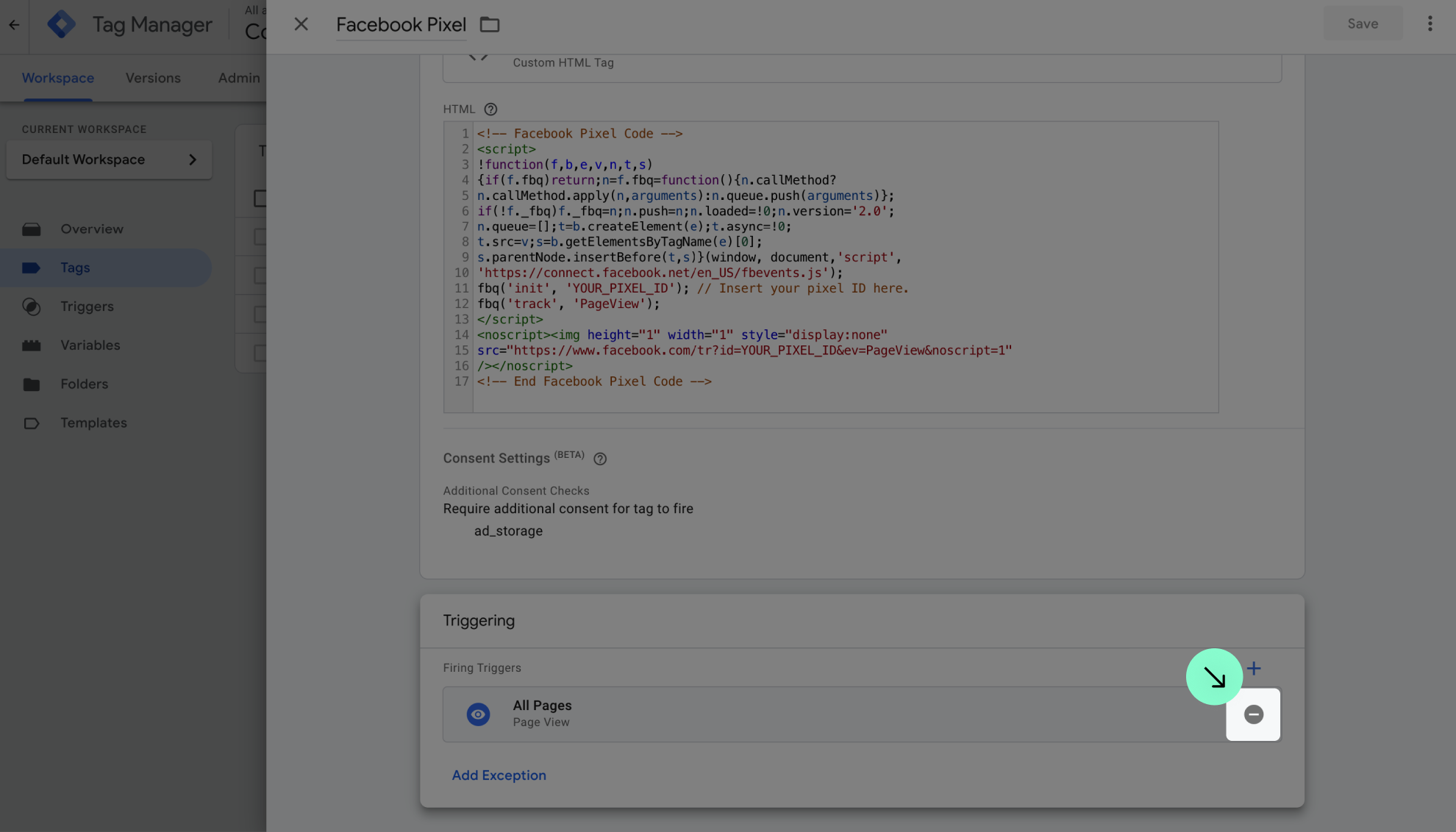

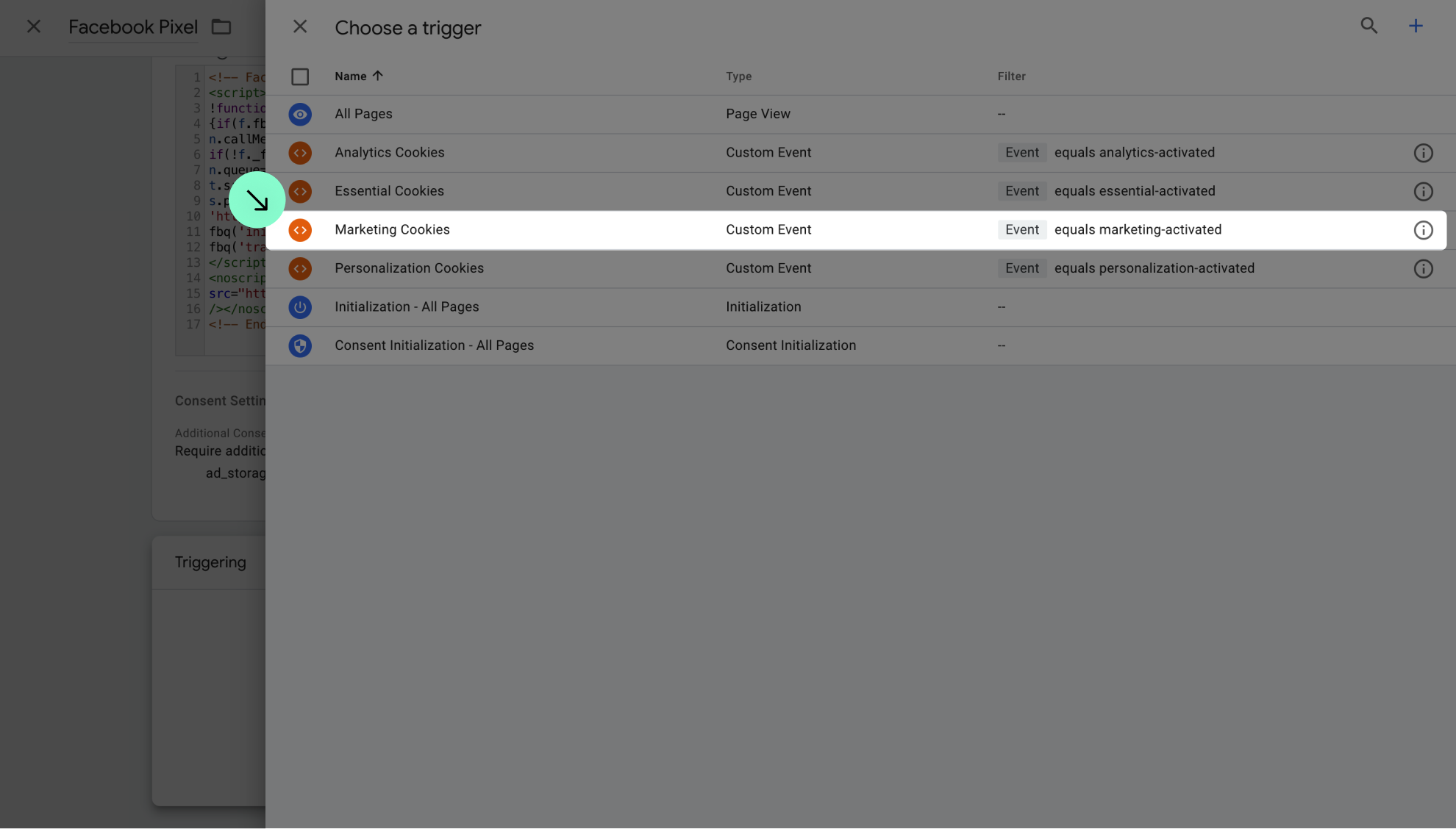
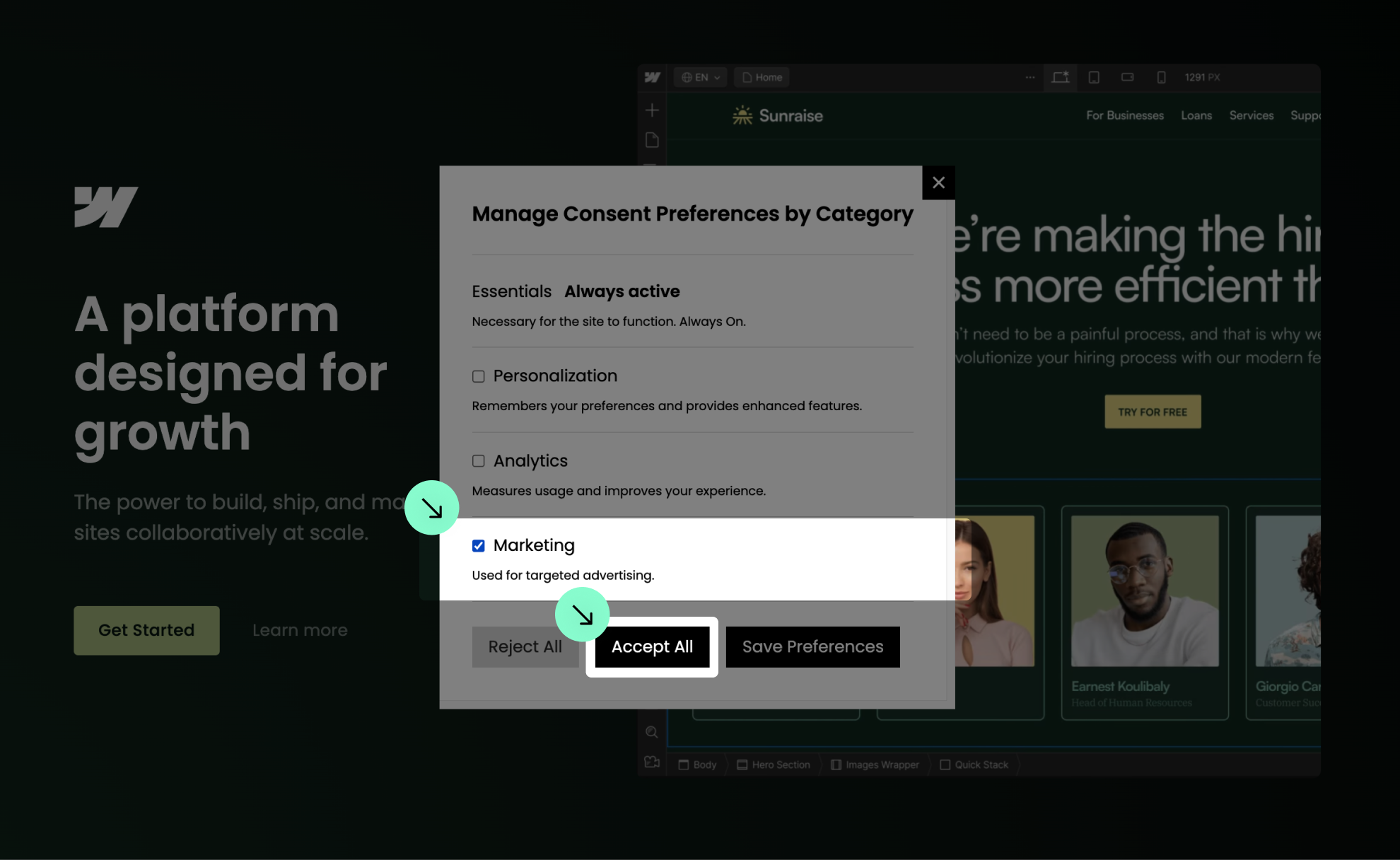
10
Add additional consent checks for each tag to comply with Google Consent Mode V2
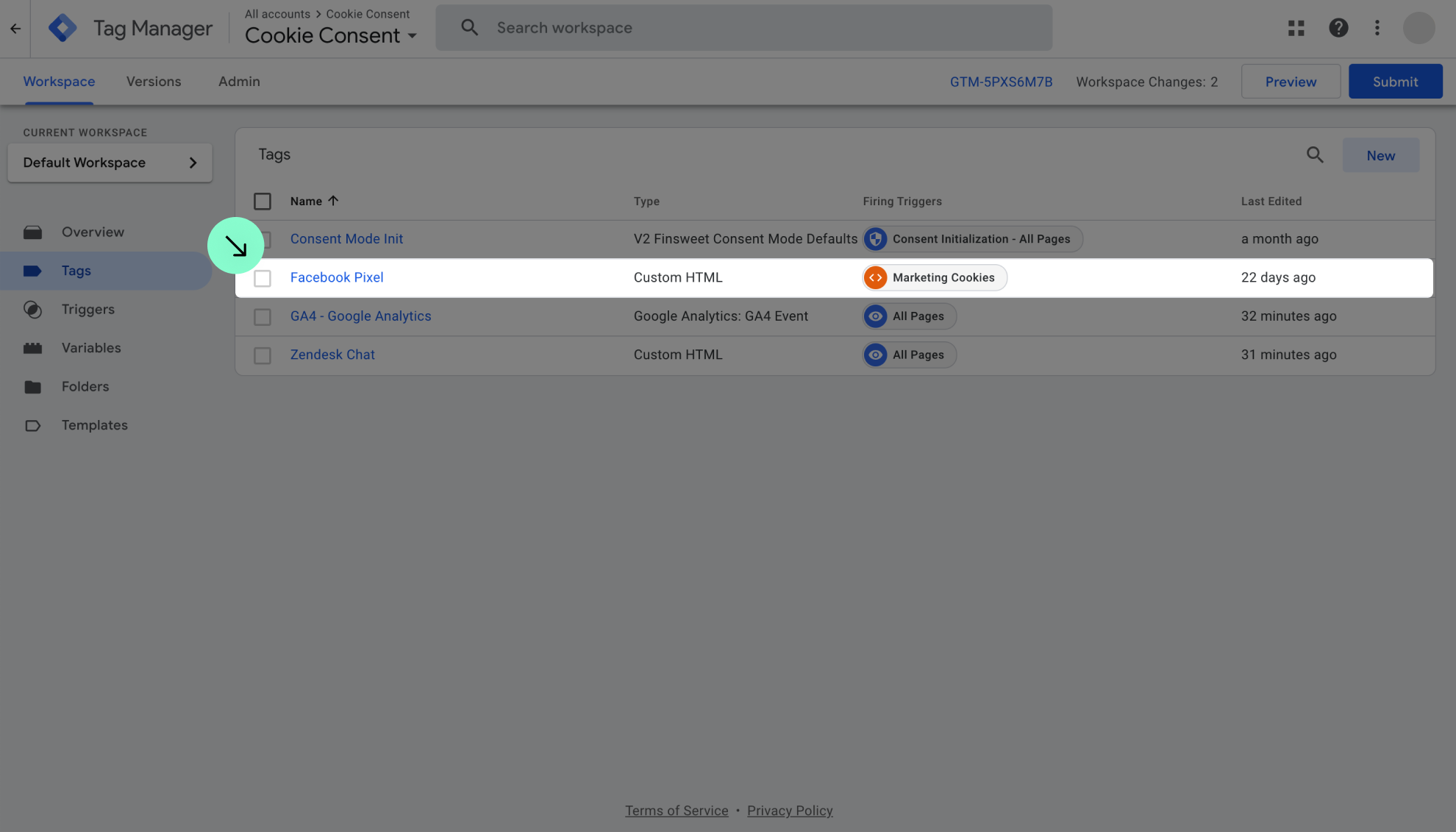
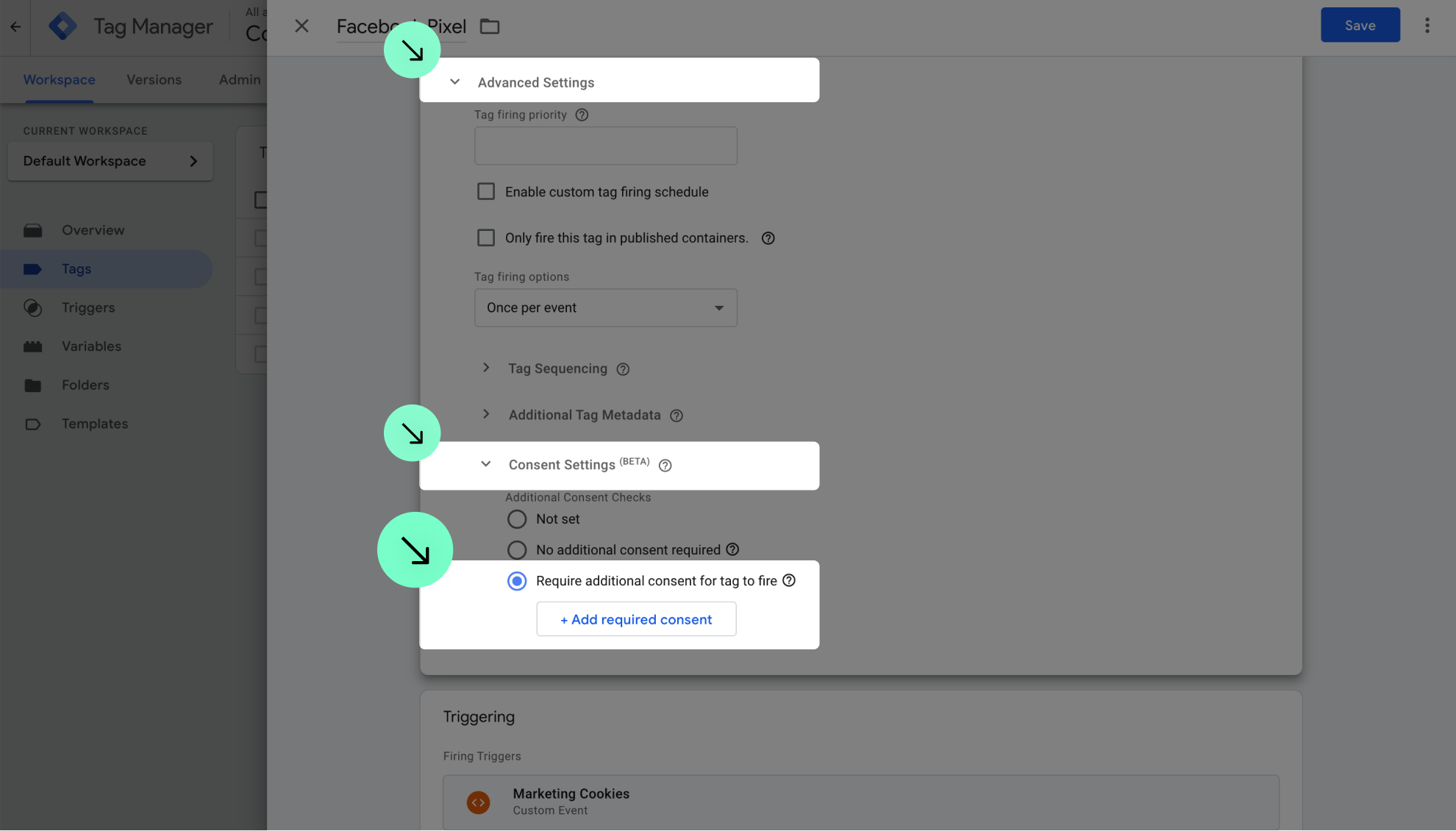

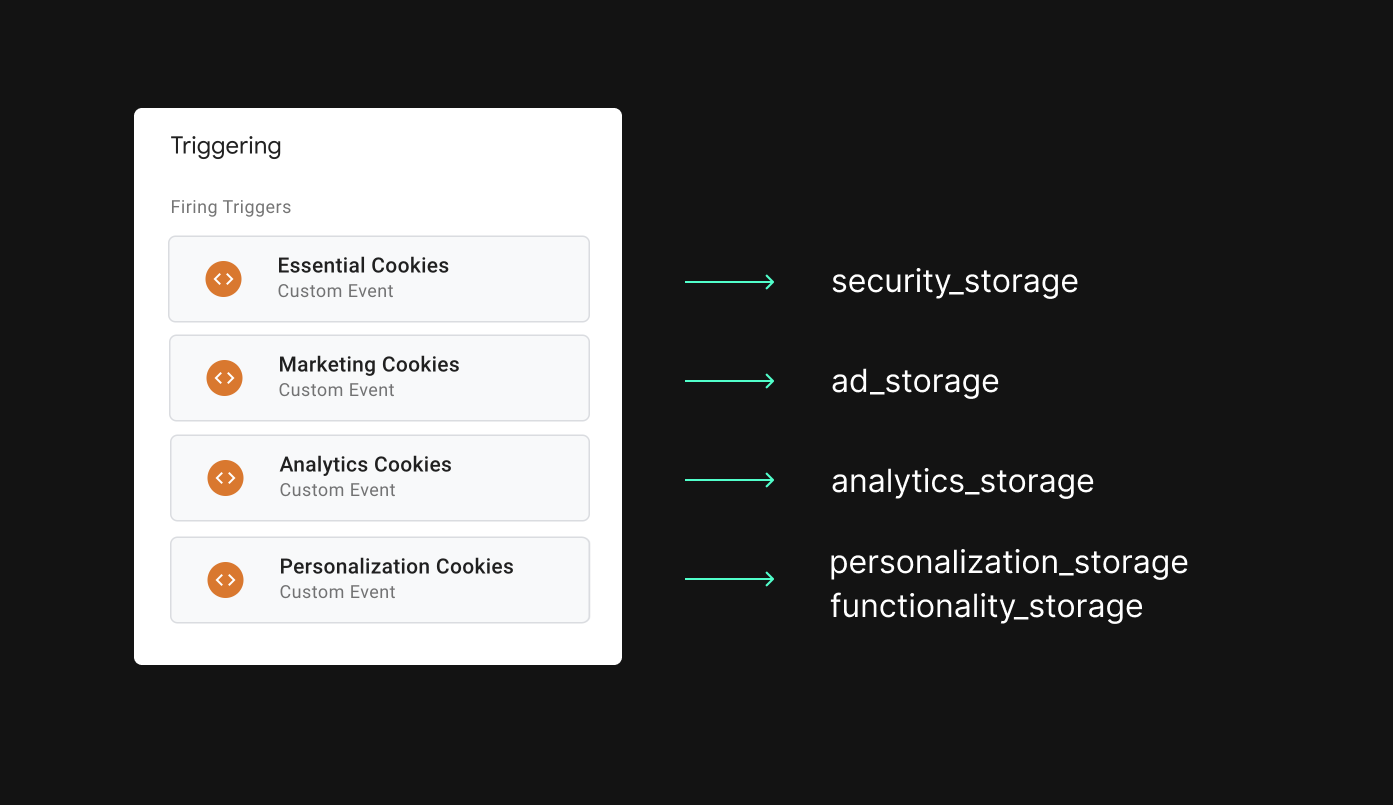
11
Submit and publish the changes in Google Tag Manager
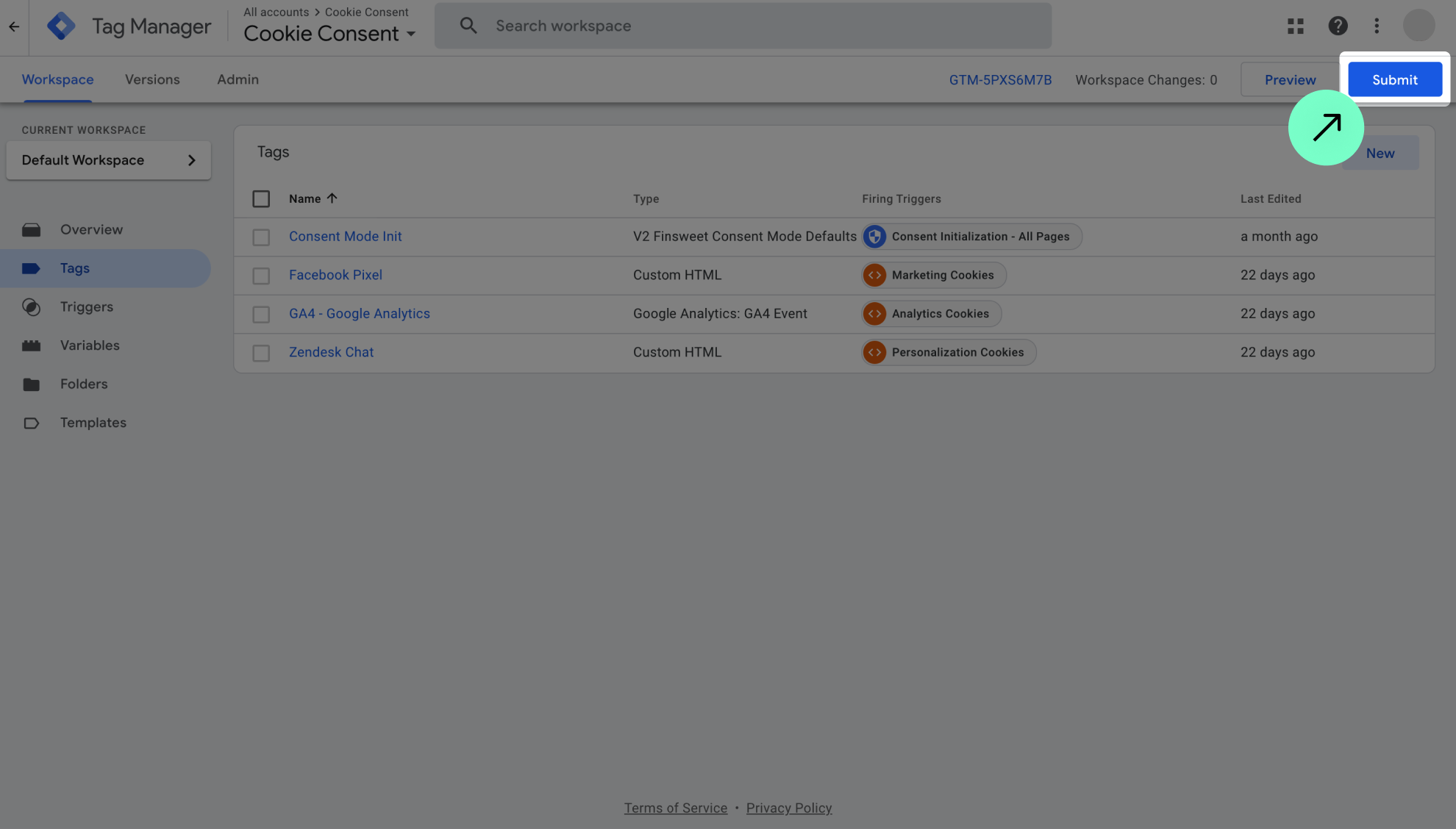
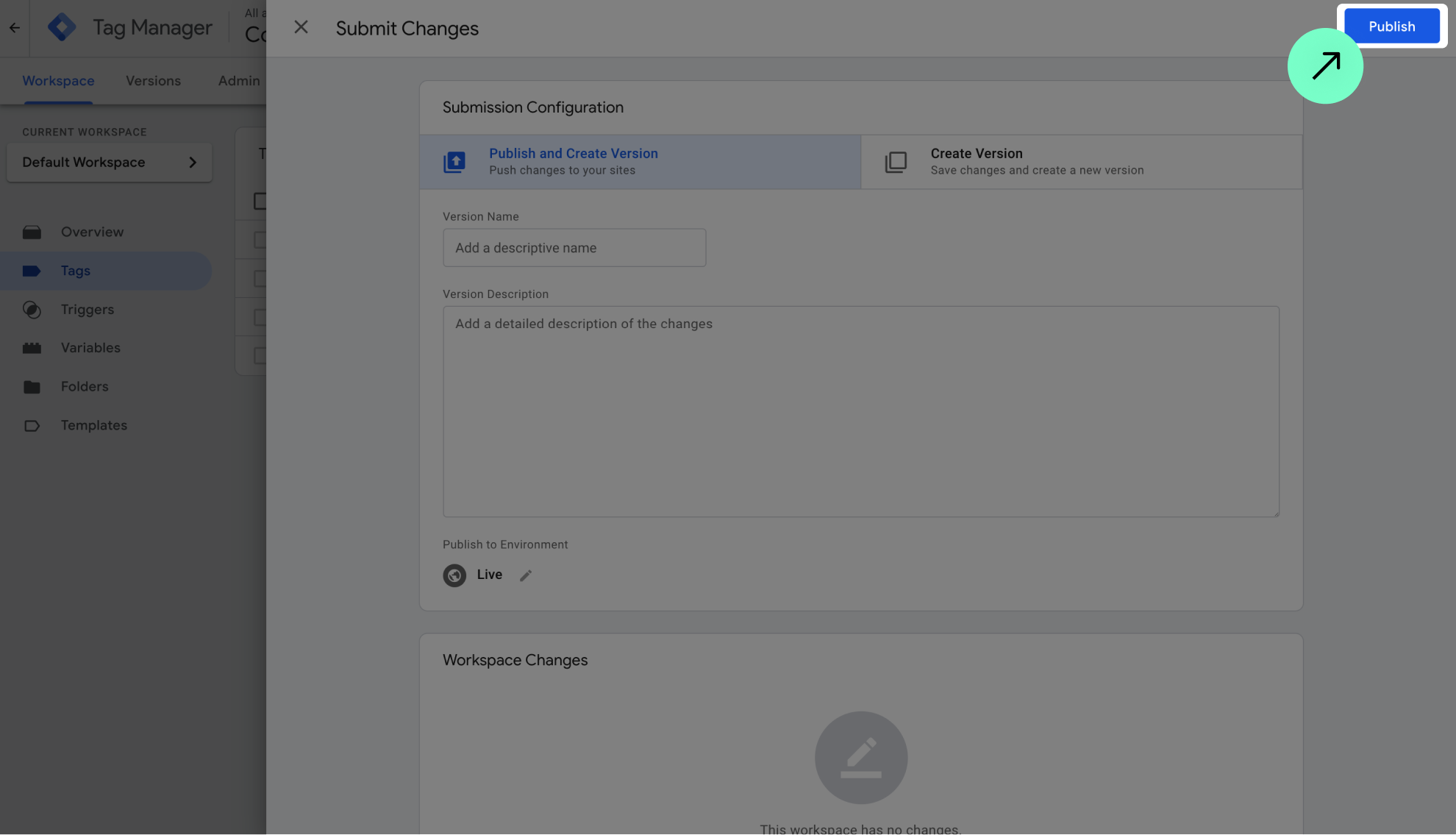
12
Confirm that the Google Tag Manager setup is completed in the Finsweet Components app
